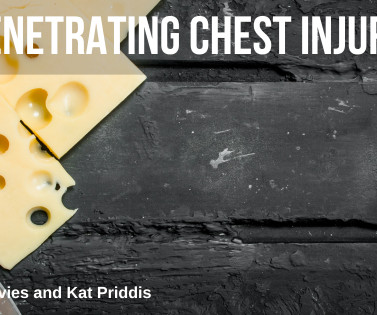emDOCs Revamp: Alcohol Withdrawal
EMDocs
DECEMBER 18, 2024
Upon EMS arrival the male is noted to be anxious and tremulous with a GCS of 14. A 36-year-old male presents to the emergency department after being found down at home by his spouse. Per the mans wife, the patient is a heavy drinker often consuming two to three pints of vodka daily.



















Let's personalize your content